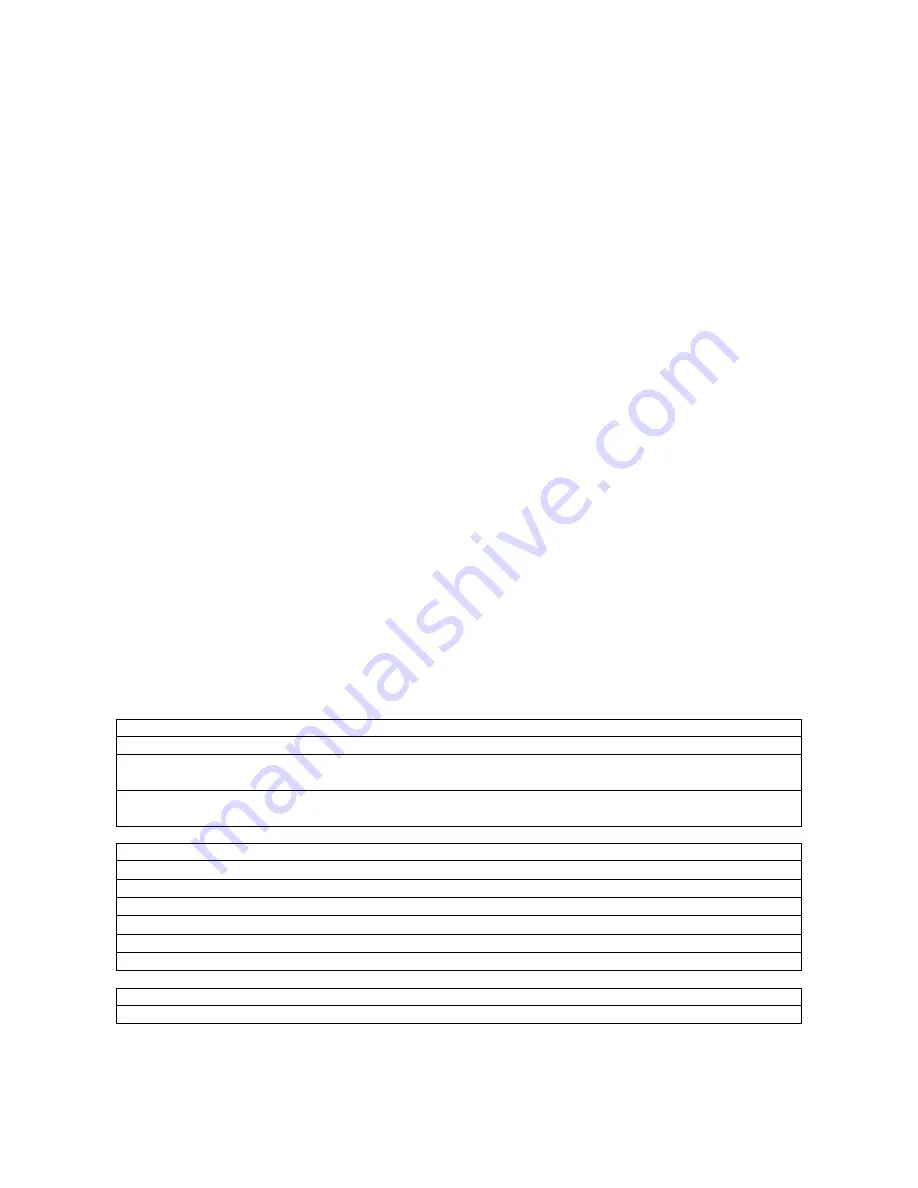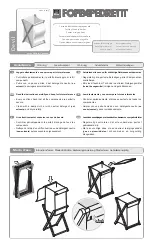
SOI/DT 2006-01 dmm
15/71
599 37 47-13
3.7.4 Detergent quantities
- efficiency of the washing programme according to the load and the water hardness.
In order to perform its function completely and correctly, the appropriate quantity of detergent must be used,
which depends on the quantity of water that is contained in the tub of the washing machine, the type of
washing cycle, the type of fabrics, the type of soiling and the quantity of washing in the drum.
Small quantities of detergent will be insufficient for efficient washing. But excessive quantities of detergent
will cause yellowing of the fabrics, since the final rinse will not be sufficient to remove all the excess
detergent, traces of which will remain on the fabrics.
The detergent properties of the soap are considerably reduced when the water is hard. The harder the
water, the greater is the possibility that calcareous soap will precipitate:
1 gramme of calcium bonds to 16
grammes of soap
, thus making the soap ineffective and reducing the washing power significantly.
The combination of calcareous soap forms lumps of fat which remain attached to the dirt. This fatty
substance tends to deposit on the edges of the sink, on the bathtub and on the seals of the washing
machine. It also deposits easily on the fabrics, turning them a greyish colour (stains); in addition, it
considerably reduces the capacity of the fabrics for absorption.
The hardness of the water not only reduces the washing power of the detergent, but also reduces the
softness, resistance and whiteness of the fabrics washed.
When hardening agents such as Ca (calcium) and Mg (magnesium) react with certain components of the
detergent, the fabrics may become encrusted (calcium and detergent deposits) after a number of washes.
These give the fabrics a greyish colour and make them rough to the touch, as well as reducing their capacity
for absorption significantly. This phenomenon is especially noticeable in the case of terrycloth garments
(shower robes, towels etc.), causing them to lose their particular properties and to wear out faster.
Quantities recommended by the producers
Normal/concentrated detergent: 150 - 300 g. / 15 g. per 15l. H
2
O
Obviously, appliances designed with reduced consumption in mind (energy label) and belonging to
energy classes A, B, C and D are designed to wash using up to 50% less detergent than other
appliances.
Powder detergents
PRE-WASH DETERGENTS:
→
WITH ENZYMES
COMPLETE DETERGENTS:
→
REDUCED-FOAM
→
EXTRA-FOAM (for hand washing)
SPECIAL DETERGENTS:
→
FOR DELICATE FABRICS AND WOOL
→
FOR COLOURED FABRICS
Liquid detergents
→
FOR HDLD COLOUR-FAST COLOUREDS
→
FOR SYNTHETIC FIBRES
→
LDLD FOR LOW-TEMPERATURE WASHING (DELICATES)
→
FOR WOOL AND DELICATE SYNTHETIC FIBRES
→
FOR HEAVY-DUTY HAND- OR MACHINE WASHING
→
FOR PRE-TREATMENT OF PERSISTENT STAINS
Compact detergents
→
EXCELLENT FOR ALL WASHES - THE QUANTITY DEPENDS ON THE BRAND
















































